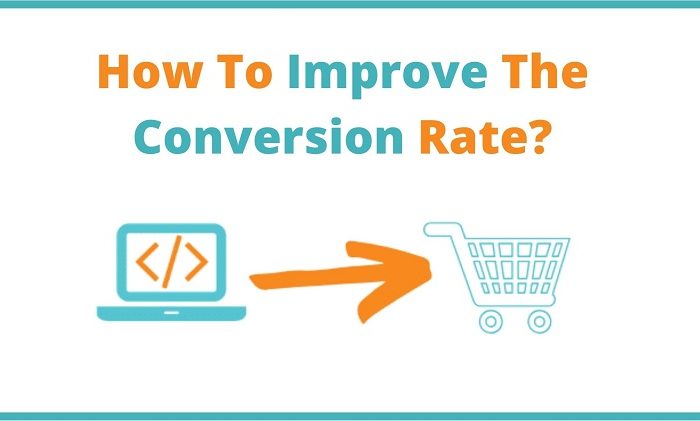In digital marketing conversion rate can be defined as the ratio of the number of conversions and the total number of visitors on your website. It is the percentage of visitors who take the desired action that you want them to take. There can be different aspects of conversion. For example, signing up for newsletters can be considered as a successful conversion by an online publisher, or adding a product to the cart can be considered as a conversion by an online retailer. The growth of an internet business is directly proportional to the conversion rate. Thus online businesses follow different methods to enhance their conversion rate because a higher conversion rate means more visitors converting into customers which translate into more sales. In this article, we have discussed different tricks and methods to enhance conversion rate and drive more sales with the help of A/B testing software.
- Method 1: – Improve your call to action
In the online marketing industry, a call to action can be defined as a link or button that allows a visitor to take a desired action like “Click to Register” or “Add to cart”. The first step towards increasing conversion rate is optimizing the call to action. Optimizing not only means shifting the position of a call to action button but also trying CTA text or icons on the button.
In our recent experiment for an online business, Ebuzzon managed to increase the conversion rate from 10% to 25% by modifying the text of the call to action button from “Let’s get started “to “Try it now”. The concept behind changing the text was that action words perform better than non-action words and process-oriented sentences. “Try it now”, makes it clearer that a user can immediately start with the process, whereas “let’s get started” looks like a long process.
- Method 2: – Keep experimenting with the website layout, content, and style on the landing page.
Usually landing pages perform three major works: –
- They notify the users about your company’s offerings
- They convey the message explaining why your company stands out from the crowd
- They have simple steps that compel the visitors to take your desired action
The main purpose of a landing page is to convey information that compels and motivates the visitor to convert and gradually guide them in the direction of becoming a permanent customer. For example, a webpage with a lot of content might confuse the visitor, and a webpage with short content might not compel them to convert. Thus, content quality and quantity both determines whether a visitor will convert into a customer or not. You can even modify and change the position of elements on the webpage. Experiment with the text, style, font, images, and change functionality.
- Method 3: – Focus on different page elements
Always keep in mind the reason behind testing, i.e. you want to reach a certain target or targets. There can be many factors that might make a difference to the success of achieving your target whether it is increasing the traffic, sign-ups, downloads etc. By tracking various elements on your webpage you can measure the impact of the test on different visitors. By tracking various elements, you can not only get to know about the better experience but also learn about the reason behind it.
For example, a visitor can convert into a lead for a software company in the following three ways: –
- Watching an interesting video that compels them to “know more” by signing up with their email address.
- Clicking “try now” button which asks them to register an account.
- Allowing them to register for a one-month free trial.
Online companies run A/B testing on their website to increase the number of leads. They observe clicks on all sources of lead-generation to measure the impact. Observing clicks on various page elements portrays a complete picture on optimizing the webpage in the best manner to accomplish the ultimate target, i.e. increasing leads.
- Method 4: – Target the right visitors
Tests should be designed to target the right people. Different users have different behaviours. For example, an organic visitor will spend more time on your website and will explore more pages. In the case of organic visitors, the bounce rate will be lower than visitors being directed from paid campaigns. In the same way, a returning visitor will browse the site differently from a new visitor. Thus, it is essential to reflect this behavioural difference in testing parameters.
- Method 5: – Repeat, repeat, and repeat
This trick is known as “continuous testing”. You will encounter various tests on the road to increased conversion rates. In some cases, the test will be a great success, but at the same time, it can be a failure. You should not stop immediately if a test fails as success and failure both present various growth opportunities.

